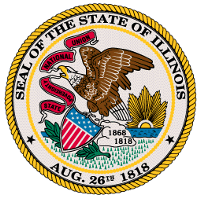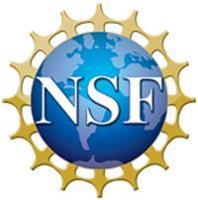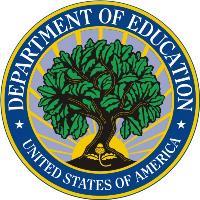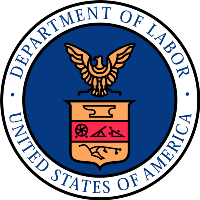Funding
Through the years, the Office of Community College Research and Leadership has received funding from state, federal, public, and private sources. We are grateful to these organizations for their support and commitment to improving P-20 education and the workforce.

Bill & Melinda Gates Foundation
Guided by the belief that every life has equal value, the Bill & Melinda Gates Foundation works to help all people lead healthy, productive lives. In developing countries, it focuses on improving people’s health and giving them the chance to lift themselves out of hunger and extreme poverty. In the United States, it seeks to ensure that all people—especially those with the fewest resources—have access to the opportunities they need to succeed in school and life. Based in Seattle, Washington, the foundation is led by CEO Jeff Raikes and Co-chair William H. Gates Sr., under the direction of Bill and Melinda Gates and Warren Buffett. [Retrieved from Gates Foundation's Fact Sheet.]

The Illinois Board of Higher Education (IBHE), The Illinois Community College Board (ICCB), and The Illinois State Board of Education
The General Assembly and Governor Otto Kerner created the Board of Higher Education in 1961 to plan and coordinate Illinois' system of colleges and universities at a time when enrollments in post-secondary education were taking flight. The goal was to create an agency with the expertise, credibility, and statewide perspective to map an efficient and orderly course for the dramatic growth of higher education then underway. The Illinois Community College Board, as the state coordinating board for community colleges, administers the Public Community College Act in a manner that maximizes the ability of the community colleges to serve their communities. The Illinois State Board of Education will provide leadership, assistance, resources and advocacy so that every student is prepared to succeed in careers and postsecondary education, and share accountability for doing so with districts and schools. [Retrieved from "About" sites for the IBHE, ICCB, and ISBE.]

The Joyce Foundation
The Joyce Foundation supports the development of policies that both improve the quality of life for people in the Great Lakes region and serve as models for the rest of the country. The Joyce Foundation's grant making supports research into Great Lakes protection and restoration, energy efficiency, teacher quality and early reading, workforce development, gun violence prevention, diverse art for diverse audiences, and a strong, thriving democracy. The Foundation encourages innovative and collaborative approaches with a regional focus and the potential for a national reach. [Retrieved from front page for Joyce Foundation.]

Lumina Foundation
Lumina is committed to enrolling and graduating more students from college. They are the nation’s largest foundation dedicated exclusively to increasing students’ access to and success in postsecondary education. Lumina's mission is defined by Goal 2025–to increase the percentage of Americans who hold high-quality degrees and credentials to 60 percent by 2025. Lumina pursues this goal in three ways: by identifying and supporting effective practice, by encouraging effective public policy, and by using our communications and convening capacity to build public will for change. They have worked with and made grants to many colleges, universities, peer foundations, associations and other organizations that work to improve student access and outcomes across the nation. [Retrieved from Lumina Foundation's About Us page.]

The National Science Foundation
The National Science Foundation (NSF) is an independent federal agency created by Congress in 1950 "to promote the progress of science; to advance the national health, prosperity, and welfare; to secure the national defense…" With an annual budget of about $6.9 billion (FY 2010), we are the funding source for approximately 20 percent of all federally supported basic research conducted by America's colleges and universities. In many fields such as mathematics, computer science and the social sciences, NSF is the major source of federal backing. [Retrieved from the About the National Science Foundation page.]

The U.S. Department of Education
ED's mission is to promote student achievement and preparation for global competitiveness by fostering educational excellence and ensuring equal access. ED was created in 1980 by combining offices from several federal agencies. ED's 4,400 employees and $68 billion budget are dedicated to:
- Establishing policies on federal financial aid for education, and distributing as well as monitoring those funds.
- Collecting data on America's schools and disseminating research.
- Focusing national attention on key educational issues.
- Prohibiting discrimination and ensuring equal access to education.

The U.S. Department of Labor
DOL's mission is to foster, promote, and develop the welfare of the wage earners, job seekers, and retirees of the United States; improve working conditions; advance opportunities for profitable employment; and assure work-related benefits and rights. [Retrieved from the DOL's Mission page.]